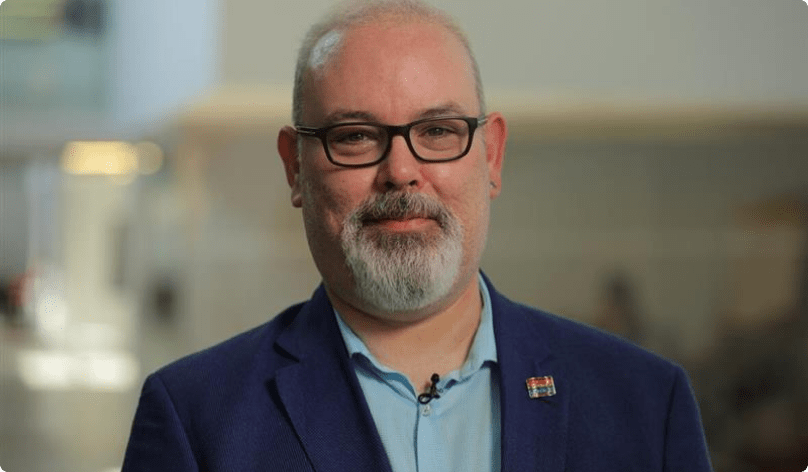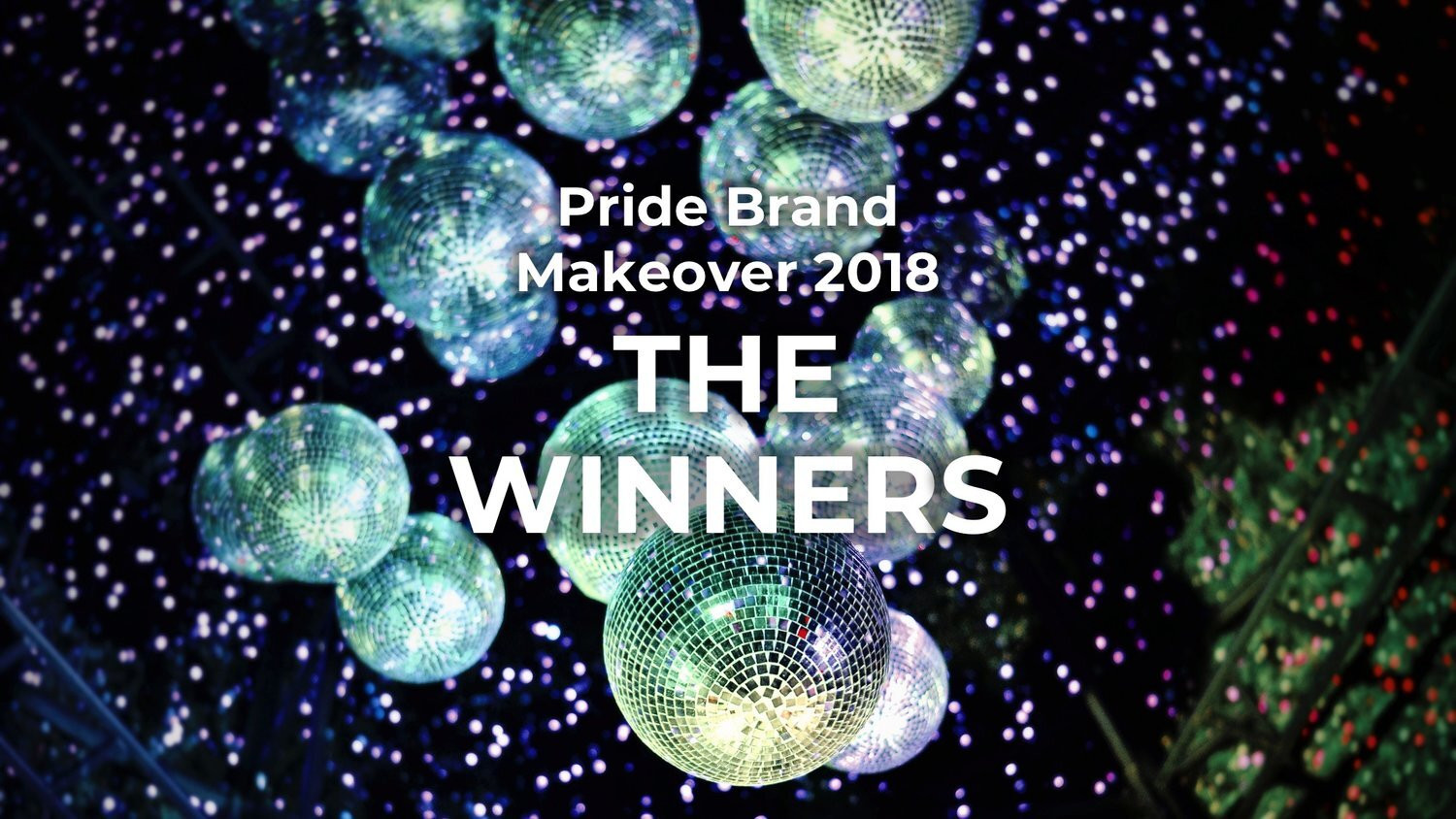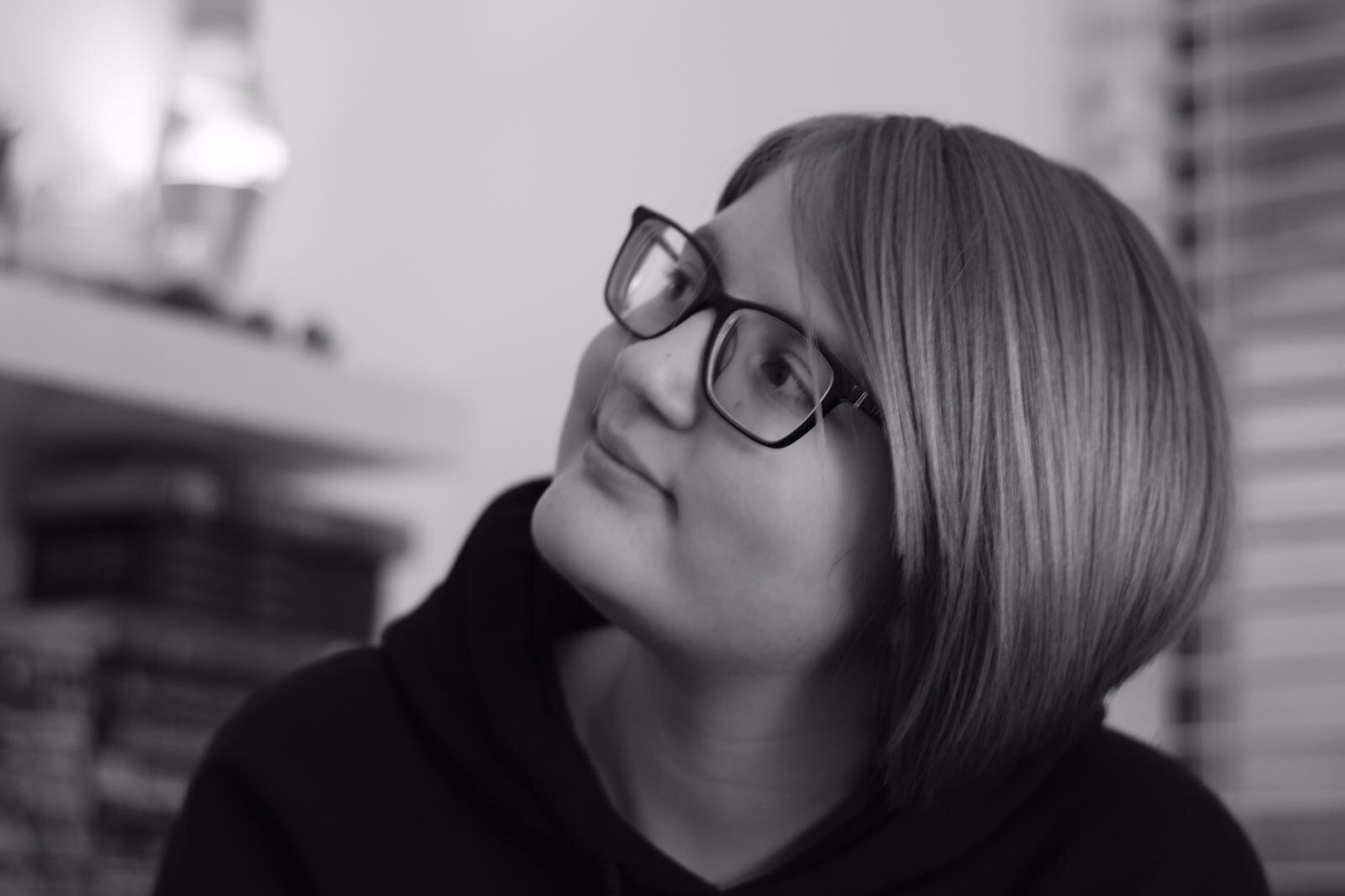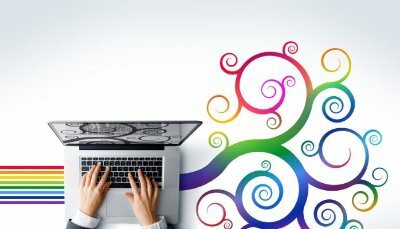Gay People Don’t Drink Soup
Written by Stephen Lynch, Creative Director at Aesop.
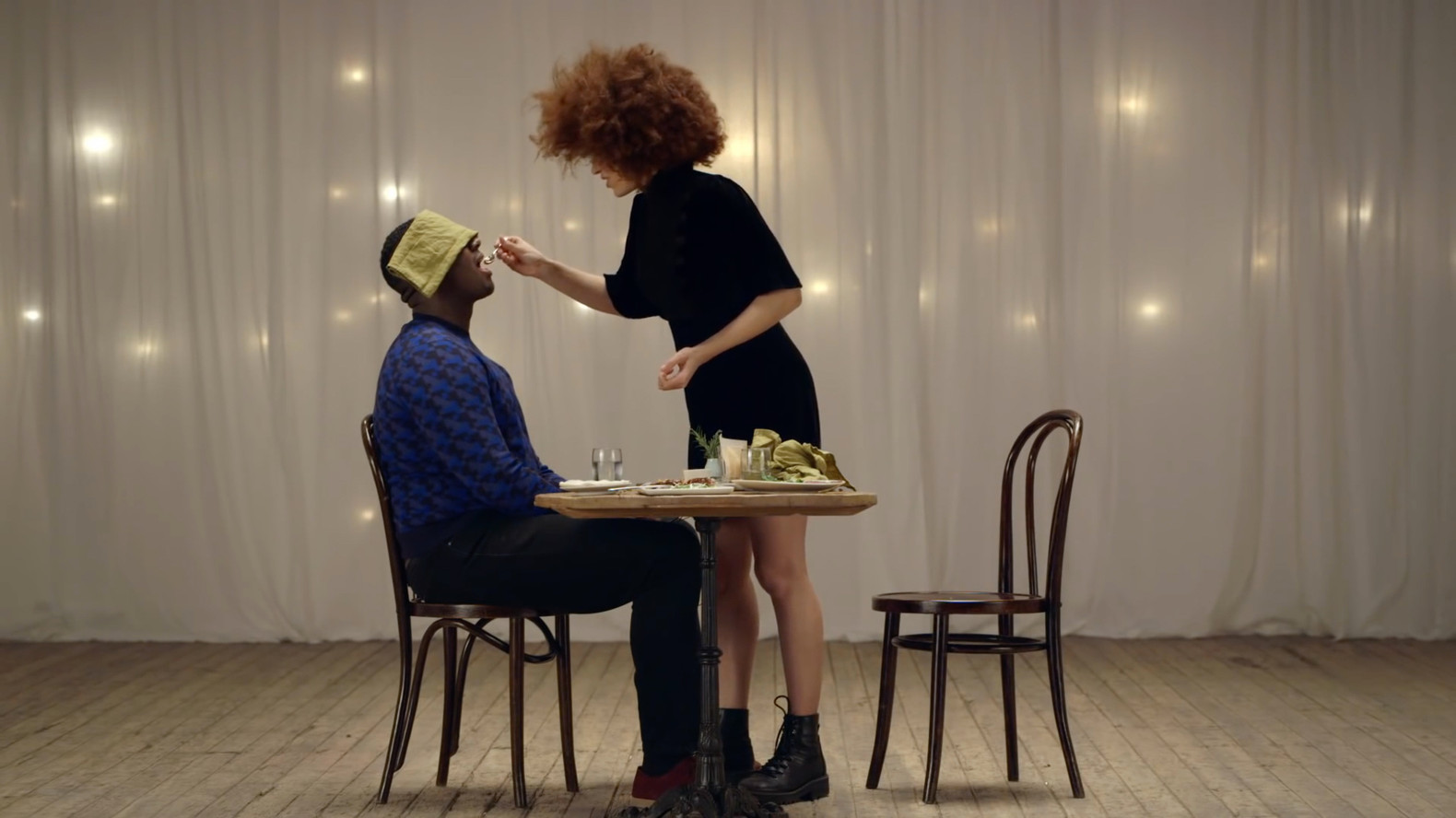
Written by Stephen Lynch, Creative Director at Aesop.
A couple of months ago, Knorr launched a campaign called ‘Love At First Taste’. It was a neat idea. They set singles up on blind dates based on their preference for certain types of food, and filmed them as their date unfolded over a meal together. There was one condition though; they had to feed each other for the duration of their meal. It was a hugely successful campaign and as it stands the Youtube count is at over 60 million views. That’s pretty good going for a 3 minute film.
I first noticed the campaign when I saw a promoted tweet asking, “Where does love begin for you?” I watched the commercial with a sense of anticipation. I was certain that a brand like Knorr (part of the Unilever group) would be at the forefront of inclusion and diversity in their advertising, particularly a campaign with a central theme around love and romance.
Sadly, I was wrong.
There was a distinct absence of any openly LGBT+ people in the advert. Not a single couple that represented anything other than a heterosexual relationship, and certainly nothing that made me, a gay man, consider where love might begin.
What was even more disillusioning, however, was what followed.
I tweeted Knorr saying that I felt it was a missed opportunity they hadn’t included a same-sex couple in their campaign video. The response I got was astounding. Not from Knorr, or anyone involved with the campaign. No, they stayed deathly silent. It was the reaction of other Twitter users that really took me aback.
<blockquote class=”twitter-tweet”><p lang=”en” dir=”ltr”><a href=”https://twitter.com/stephenplynch?ref_src=twsrc%5Etfw”>@stephenplynch</a> @_d_i_i_ <a href=”https://twitter.com/Knorr?ref_src=twsrc%5Etfw”>@Knorr</a> Maybe they are reflecting the consumer base…you presume to much about who buys their products.</p>— Eat my art (@danjdob) <a href=”https://twitter.com/danjdob/st… 4, 2016</a></blockquote> <script async src=”https://platform.twitter.com/widgets.js” charset=”utf-8″></script>
Aside from one or two people agreeing with me, the tweets I received back ranged from flippant derision to aggressive homophobia. I was told that I was “browbeating every company out there to kiss the ass of the gay lobby”. Another told me that anything over zero percentage of gay people in the commercial would be over-representation (’cause gay people don’t drink soup or use stock cubes, am I right?). Their “customer base is normal families, not perverts”, claimed another.
I tried to rationalise with some of them, with arguments that other brands include LGBT+ representations in their communications and that members of our community come from “normal families” too, but I soon conceded. It’s all too easy to get caught up in Twitter warfare with someone hiding behind the anonymity of their computer screen and an indecipherable Twitter handle and frankly, I didn’t want to let their bad energy affect my day any more than it already had.
But something stuck with me. And it wasn’t the deliberately cruel homophobic responses. I let them roll off me like water off a duck’s back, as Jinkx Monsoon would say. It was the more blasé remarks like “Cry me a river” and “There’s always that one person” that made me realise how much work we have to do to make people understand that the lack of LGBT+ representation in the media (and in particular in advertising) really does matter.
The default setting in advertising is nearly always cis-gendered heterosexuality. It’s what Chimamanda Ngozi Adichie calls ‘the danger of a single story’ in her TED talk of the same name. It not only sends a message to the LGBT+ community that although brands are happy to take their money, they’re not a priority. Worse still, it supports the idea that portraying LGBT+ people in advertising might harm a brand’s reputation.
LGBT+ representation in advertising is still so unusual that it stands out when it’s included. Advertisers need to understand that representation is important not only to those being represented, but also to the wider audience and society itself. Why? Because gay people do drink soup.
